Ophthalmology: Santhiram’s most modern department
Since my arrival in August, house surgeons have periodically asked me if I finished my Ophthalmology posting. When I replied with a ‘no,’ they raved about how great my experience will be in the department. After three days in Ophthal, I can attest to the validity of that statement.
My posting in ophthalmology started with an observation of cataract surgeries. Most of these surgeries were performed through two government sponsored programs: the national program for control of blindness (NPCB) through the federal govt. and EHS through the state government. NPCB reimburses Santhiram General 1000 rupees (cost of lens/meds used for surgery) for each cataract surgery performed, and EHS pays a maximum of about 20,000 rupees for surgeries on government employees, allowing for use of higher quality lenses and less invasive surgical techniques than the NPCB program. Surgeries funded through NPCB use a technique called SICS (Small Incision Cataract Surgery) while those done under EPS use phacoemulsification to remove cataracts. Phaco uses a much smaller incision, inserts higher quality lenses, and has a lower recovery time than SICS. All of these reasons along with the need for more expensive equipment place a higher price tag on phaco, and make it an unviable option for NPCB sponsored cataract surgeries. Despite this, NPCB presented SICS surgeries drastically improve the vision of many people who may not get cataract surgery due to financial constraints.
There are also financial obstacles present on the behalf of the hospital when ordering the equipment required for these surgeries, especially when serving rural populations. But, through the hard work of doctors in ophthalmology, only state of the art microscopes and tools are used for cataract removal. Because of this, the ophthalmology department is flocked with at least 25 cataract surgeries a day during the summer. Now, there are about 15 surgeries per day because of a superstition that healing is tougher in the winter. Still, fifteen is a substantial number of cases, and Santhiram general is regarded as one of the best rural eye-care hospitals in Andhra Pradesh.
After the surgeries are over, patients head back to their villages, where they may have some difficulty coming back to the hospital for a post-op consultation. So, ophthal camps are set up in various villages for the convenience of patients. I went to one of these camps in a small town called Owk, and twelve people showed up to get their vision checked and receive free eye drops. Some of those patients were told to come back to the hospital for few more tests. Although these mini-camps treat a small number of people, they are extremely helpful for those who have trouble reaching the hospital.
In addition to sending PG’s and house surgeons on camps, Santhiram General recruits expert ophthalmologists from other locations to perform surgeries. On my last day in ophthal, I met a cornea specialist who performed over 3000 cataract removal surgeries. He brought over his own team and some of his own patients from Ananthapur (another district) and performed surgeries on fifteen people. His expertise is not only helpful to patients but also instructive to post-graduates learning at the hospital, which is another reason why Santhiram’s ophthal department is one of the best in the state.
In addition to ophthalmology, I observed the dermatology and ENT departments last week, but I will include information about those experiences in a different post. This week will be filled with anesthesiology and radiology, so look out for another post sometime next week.

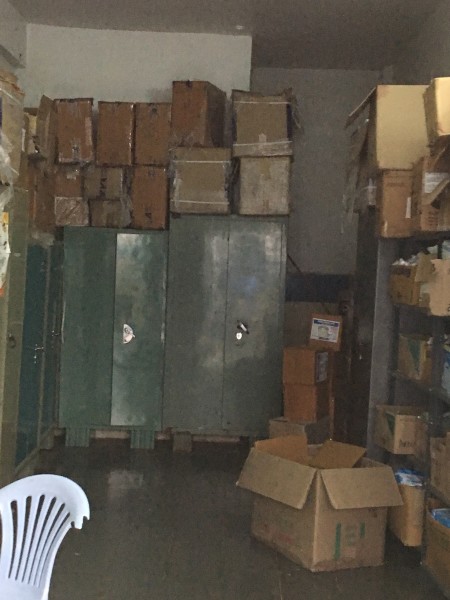
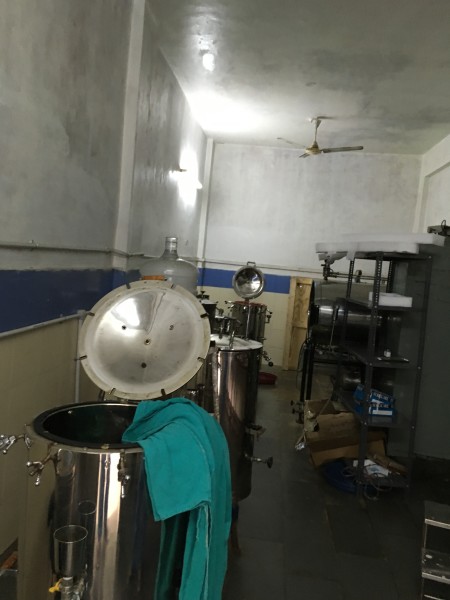
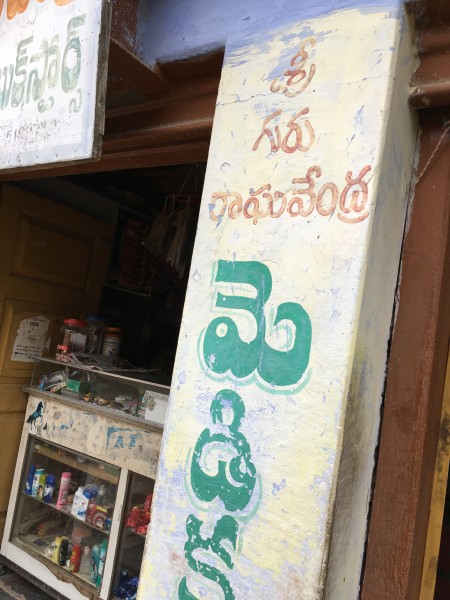
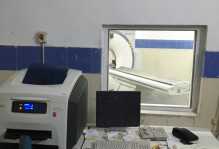
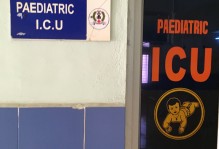
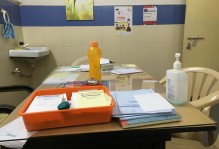
No comments.
Comments are currently closed. Comments are closed on all posts older than one year, and for those in our archive.